How To Set Boundaries With A Narcissist
Narcissists—people who suffer from narcissistic personality disorder—are people who generally have an inflated sense of self-importance. They experience an obsessive need for admiration, feel entitled, and can tend to disregard others’ feelings. They likely view themselves as gifted and superior.
Not all relationships with narcissists are bad, BUT they can be dangerous. Relationships with narcissists can be difficult due to the narcissist’s preoccupation with themselves. It’s difficult to have a strong, loving relationship with someone more focused on loving themselves.
Since relationships are a key aspect of our mental health, having a draining relationship with a narcissist can negatively affect your mental health. When dealing with a narcissistic person, it’s crucial to set healthy boundaries. This can help you avoid any potential harm caused by their words and actions.
With something this crucial, you know we’ve got to talk about it. Today’s post is all about practical and effective strategies to set boundaries with a narcissist, no matter if they’re an SO, a family member, a co-worker, or someone else in your life.
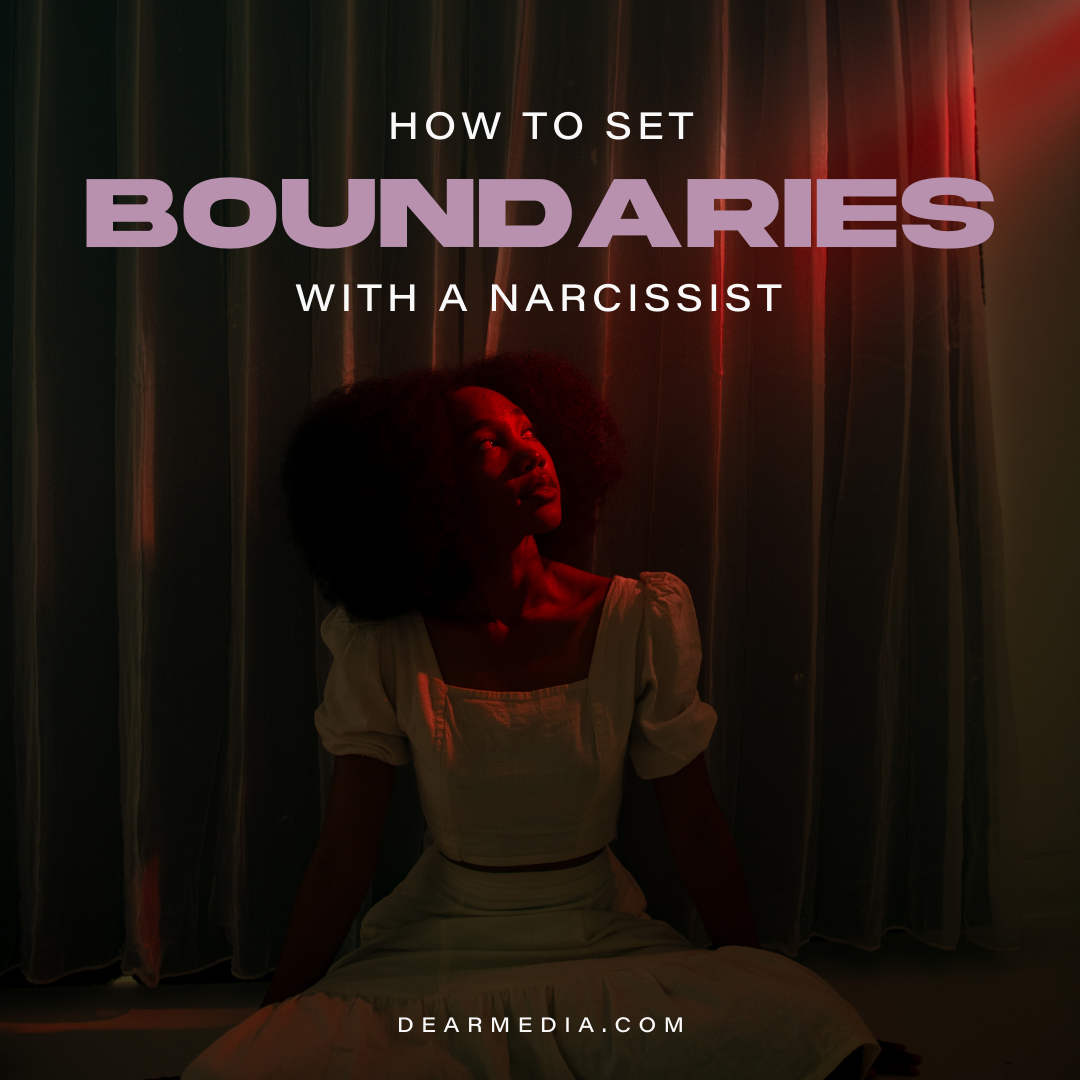
How To Set Boundaries With A Narcissist
Tip #1: Recognize red flags.
Before you can do anything, you’ve got to know what you’re dealing with. You’ll want to know how to spot a narcissist early in the relationship, so you can avoid areas of harm from the get-go. Narcissists tend to follow a pattern in relationships, so you can spot them as long as you remove your rose-colored glasses.
Red flags don’t mean you have to break up or cut ties—but you should be aware of what might await you on the other side of those red flags. From there, you can decide if you want to stick it out. Here’s A Complete List Of Red Flags from We Met at Acme.
Tip #2: Know what a healthy relationship looks like.
If you’ve found yourself in a pattern of toxic relationships, don’t worry. You’re not alone. Never having a positive, healthy relationship to base relationships on means you may not recognize what’s good for you.
You may even find healthy relationships BORING at first—because you’re missing the roller coaster of emotions. We can PROMISE you that the roller coaster has NOT been safety tested, though—it’s time to get off that ride.
Once you’re off the roller coaster, you’ll need to know What A Healthy Relationship Looks Like to have one!
Tip #3: Recognize your worth.
Everyone has different standards and preferences as to how they’d like to be treated, but if you’re used to being mistreated, you might be willing to put up with more than you should. It’s essential to do things that make you feel good to remind you of your worth.
Here are some ideas to help you invest in yourself:
- + Listen to mental health podcasts (Psst! Don’t know where to start? Try Good Morning, Monster for some uplifting stories on emotional recovery).
- + Form healthy relationships outside of the relationship with the narcissist.
- + Journal.
- + See a therapist.

Tip #4: Understand what you will and will not tolerate.
In order to draw the line, you need to know where the line needs to be drawn! We mentioned everyone has different preferences for how they’d like to be treated. This step involves you taking the time to consider what you WANT in a relationship, and what is an absolute dealbreaker.
Need some help on this one? The Papaya Podcast has a great episode on Creating Boundaries & Trusting Your Intuition, or listen to The Blonde Files on Listening to Your Body & Not Everyone Else with Jennifer Fisher.
Tip #5: Say “no.”
Now that you’ve figured out where your boundaries are, set them into motion! Be careful on this step—you’ve got to be ready to hold your ground. You can expect some pushback when setting boundaries for the first time. The narcissist doesn’t likely expect you to say no, so they may get angry.
But that “no” is IMPORTANT, girl. They need to know you can’t be walked all over. Keep your “no” brief and cordial, but stick to it!
Tip #6: Keep sh*t to yourself.
Narcissists may take any info they can get to manipulate, criticize, or harm you later. Not worth it, babes. While the idea of oversharing may be enticing, it may be too risky here. Take Back Your Space!
Tip #7: Know when to call it quits.
Some relationships just aren’t going to be what you want them to be. Learn what you can from the relationship, then move on.
Check out these breakup podcasts for help in this area:
- + Ghosting, Healing From Break Ups, and Attachment Styles from We Met At Acme
- + BREAK UP BOOT CAMP from House Guest with Kenzie Elizabeth
- + How to Heal Your Heartbreak from Uncut & Uncensored
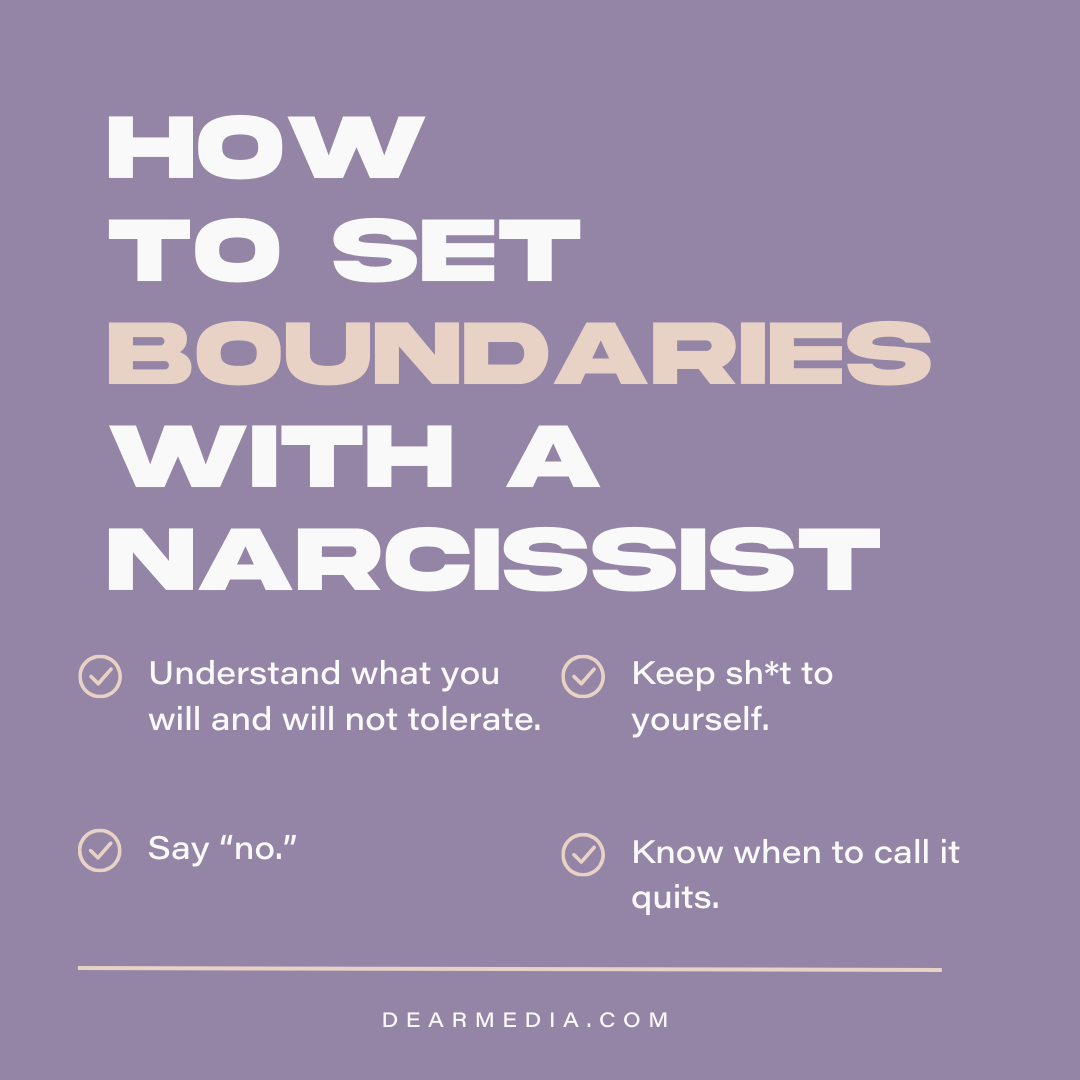
You deserve to be in a relationship that makes you feel good.
You’re not alone if you’re not there yet. Let’s do what it takes to get there.
Need to know how your loved one will react to boundaries before you use them out loud? Try the boundaries blanket and flip it to “Don’t touch me!” A good partner will respect your wishes. 😉









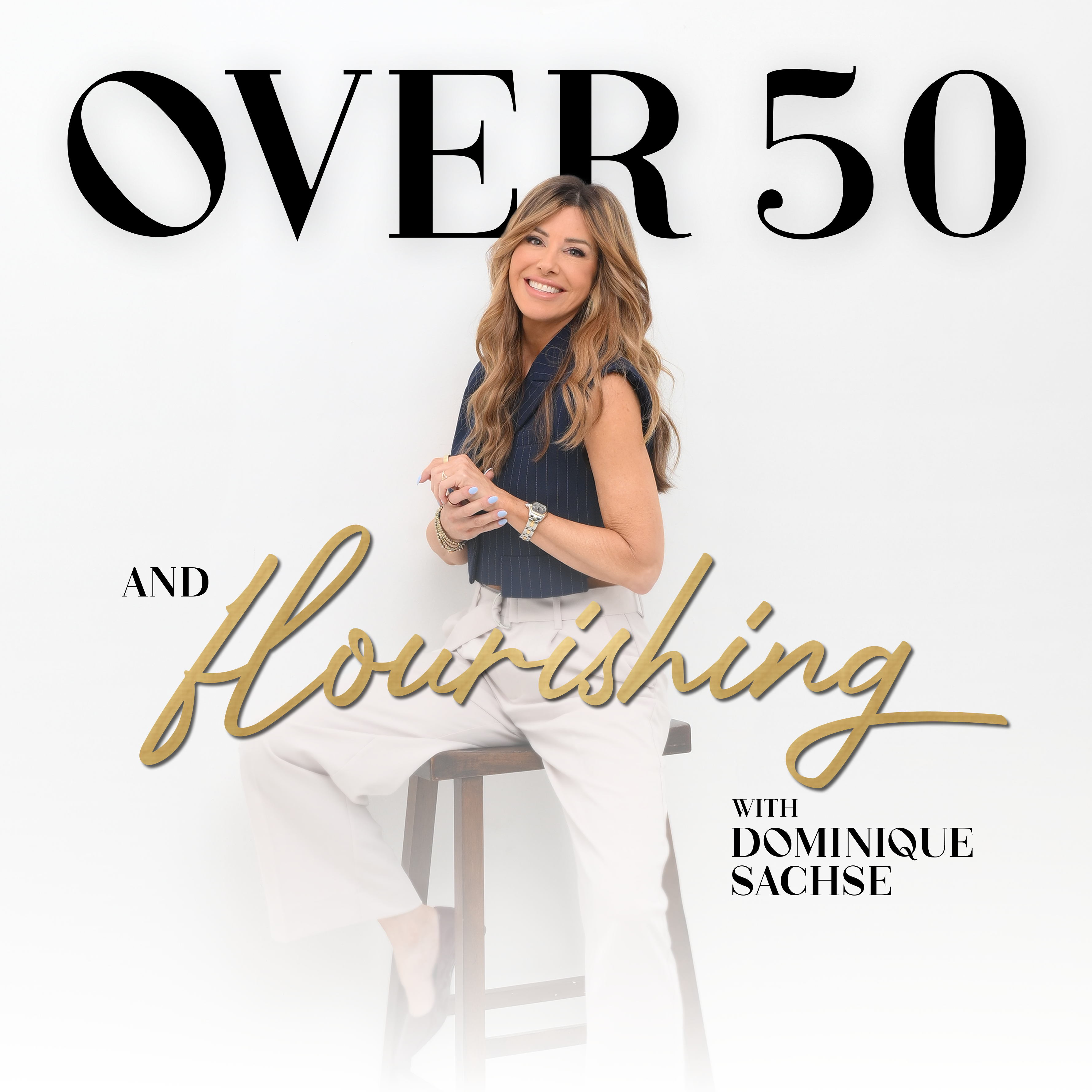




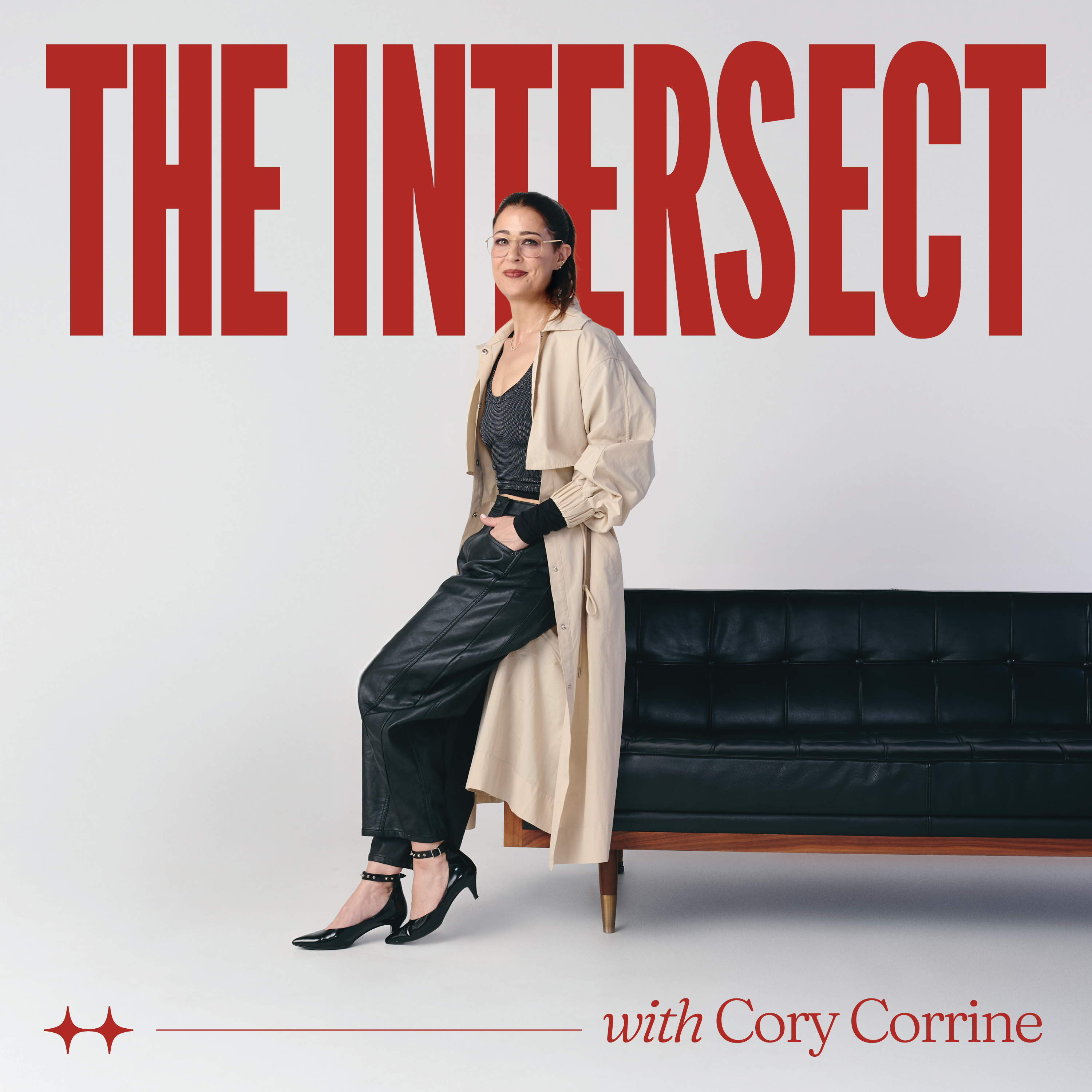
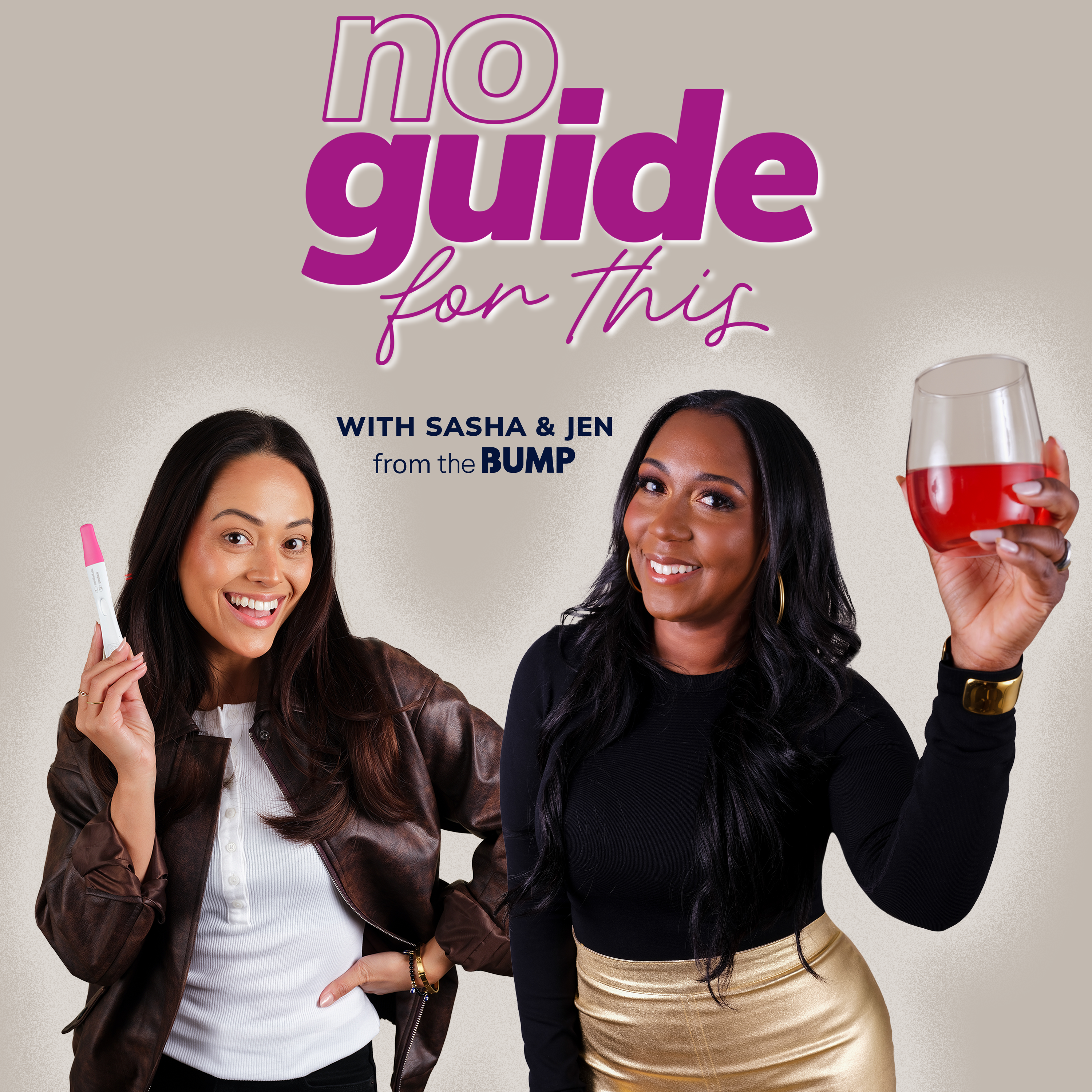

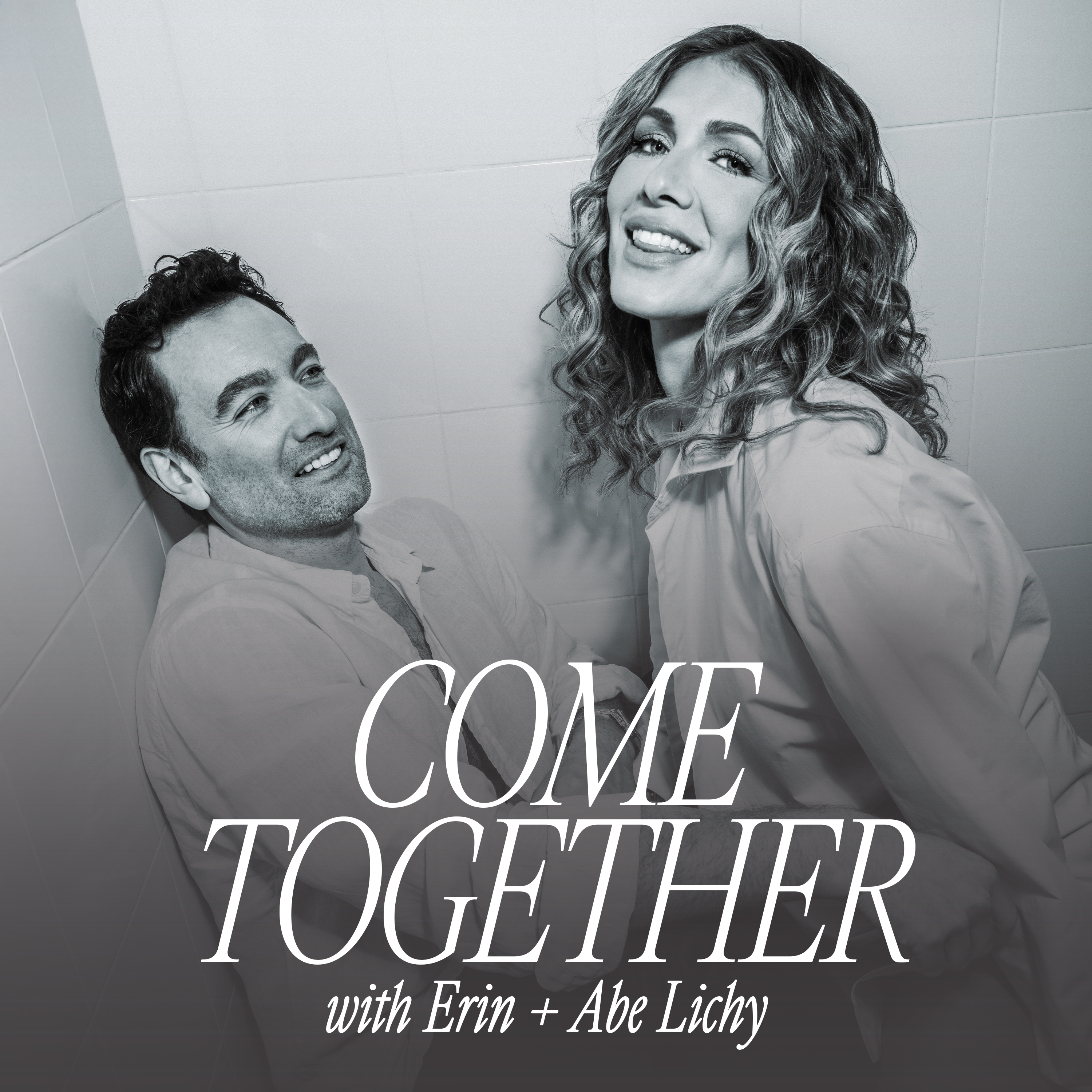


Leave a Reply